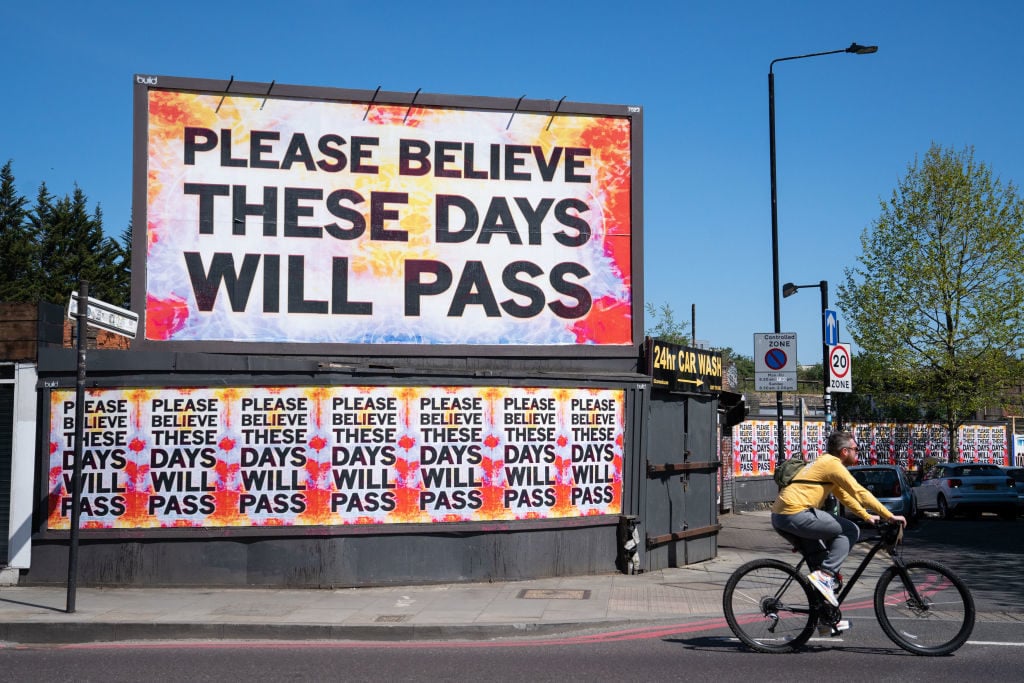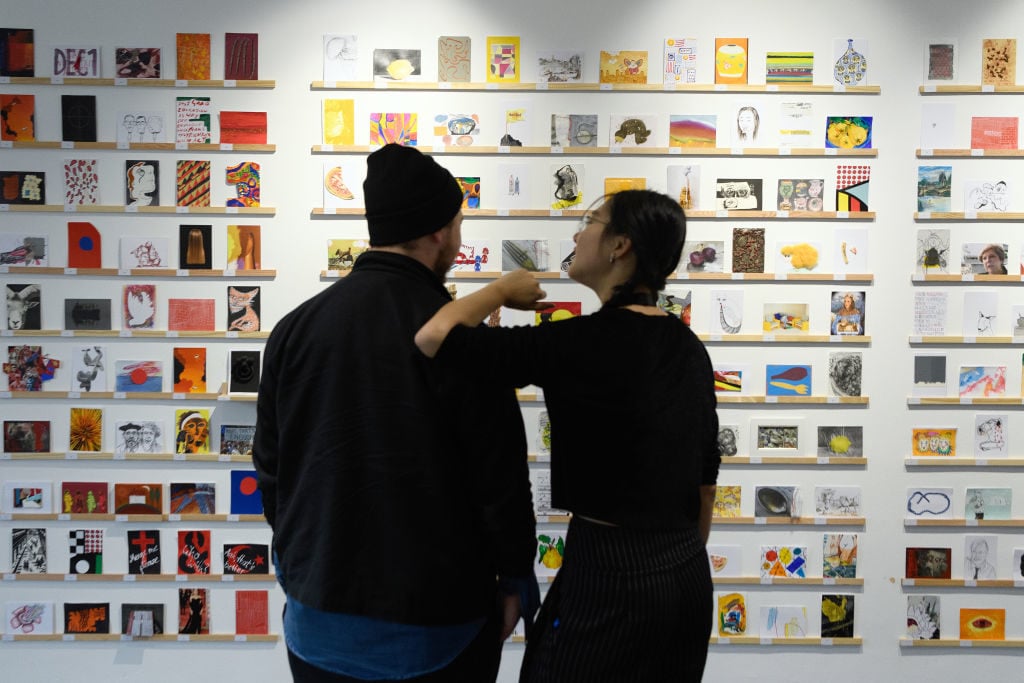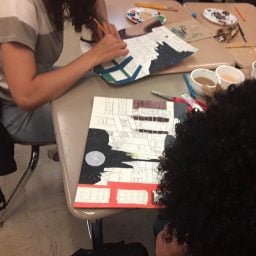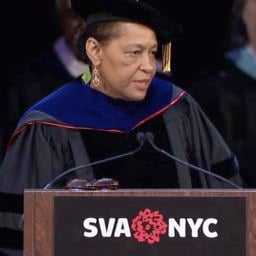Throughout the Covid-19 crisis, the British public has been told that the government is led by science. And that is what all of us would want. But as we consider ways in which we are going to rebuild after the pandemic, who better to reimagine that future than our designers and creative entrepreneurs?
But where do the David Adjayes, Bridget Rileys, James Dysons, and Elton Johns all start life? Who helps train the minds of our great cultural leaders, such as Neil MacGregor and Sir Nicholas Serota? Overwhelmingly, it is a small group of specialist institutions—including the Royal College of Art, the Courtauld Institute of Art, the Royal Academy of Dramatic Art, the University of the Arts London, and the Glasgow School of Art—that are the fountainhead of our creative economy.
Pre Covid-19, the UK’s creative industry generated some £112 billion for our economy, employed over two million individuals, and was growing at a faster rate than the financial-services sector. And it’s an industry that is peculiarly British, given our centuries’ long excellence in literature, drama, fine art, architecture, and—more recently—fashion and technology. These creative industries not only employ us, they define our cultural and social identity.
These very identity-defining structures are at risk of vanishing under the financial pressures of the crisis. A recent survey of 2,000 creative institutions and individuals by the Creative Industries Federation showed that only half of them expect to survive beyond June. While some support has been offered to shelter this sector, too many small, specialist institutions and conservatoires are taken for granted—and yet they are pivotal to the future of our creative industries.

A cyclist rides past a billboard by the artist Mark Titchner in Shoreditch, east London. Photo by Dominic Lipinski/PA Images via Getty Images.
Protecting the Source
When Covid-19 hit the UK, we heard first about the plight of our airlines, then our retail and hospitality sectors, the preparedness or otherwise of our health services, and then our universities. And our universities not only train our nurses and doctors and power the research that will design a new vaccine; they also build and train workers in our vital creative economy.
It is easy to say that artistic genius is heaven sent, and that any education is purely the gilt on a lily. In the 1920s, the Royal College of Art noted that one of its students appeared to have “a very poor understanding of sculpture.” That student was Henry Moore.
Sometimes educators get it wrong, or the education is misplaced. But overwhelmingly, our great artists, art historians, musicians, and video-game designers point to their place of study and express profound thanks for the training and encouragement they received. David Hockney, who studied at the Royal College of Art, has expressed his gratitude to the school. And Elton John has said that without his training at the Royal Academy of Music, he never would have been able to write the songs that he has written.
There are practical applications to the skills learned in our arts institutions as well. Riccardo Tisci, Burberry’s chief creative officer and a graduate of Central Saint Martins, announced via his Instagram that the luxury fashion brand would transform its Yorkshire trench coat factory to manufacture personal protective equipment (PPE) to meet the most immediate needs of the medical community.
Dyson, the manufacturing company set up by Royal College of Art graduate Sir James Dyson, began developing a device in response to the government’s call to increase the number of ventilators.
And a team from the Royal College of Art’s Helen Hamlyn Centre for Design recently worked with frontline staff at University College Hospital to design bespoke signage and maps for their new Covid-19 intensive-care complex. This has allowed new staff who are unfamiliar with the space to easily locate important emergency equipment and clearly understand which hospital zones require what levels of PPE.
Artists have also led fundraising campaigns and made work that has been a comfort in difficult times. Esteemed pop artist and Royal College of Art graduate Sir Peter Blake partnered with the Evening Standard to design free downloadable artwork to bring London together.
Nor did it take the pandemic for creative professionals to push forward medical developments: design thinking was already revolutionizing healthcare with innovations such as the 3D printing of prosthetics and medical devices.
When government puts emphasis on “the science,” it fails to see that the divisions between science and technology, on the one hard, and arts and design, on the other, are often facile. There is value in the dialogue between the arts and sciences—and both sectors are strengthened by this creative exchange.
Creativity, art, and design are not an add-on to society. They are the expression of it, and are deeply connected to our material world. Is Apple a design-led company, or a tech-driven company? It is, of course, both. Creative entrepreneurs and designers can help both now and in the future, supporting our immediate recovery and helping us to rediscover our cultural and social identity.
Powering the New Future
On May 4, the government announced measures to support the university sector as a whole. Many of these actions are welcome, but they apply understandably to big multi-faculty institutions. Government must understand the vital role played by Britain’s small, specialist art and design universities, and come forward now with assertive action to protect these golden geese.
In 1837, Lord Melbourne’s government founded the Government School of Design, the world’s first publicly funded design college. Why? Because the government recognized that while Britain was the workshop of the world, our design skills did not match those of our Prussian or French competitors.
The threat we face today is different and more complex. But in the rush to find a vaccine, which of course must be the focus, let’s not forget the complementary role of our creative industries and arts universities that are forging the next generation of Dysons, Tiscis, and Blakes, who will power the new future after this pandemic has passed.
Follow Artnet News on Facebook:
Want to stay ahead of the art world? Subscribe to our newsletter to get the breaking news, eye-opening interviews, and incisive critical takes that drive the conversation forward.









